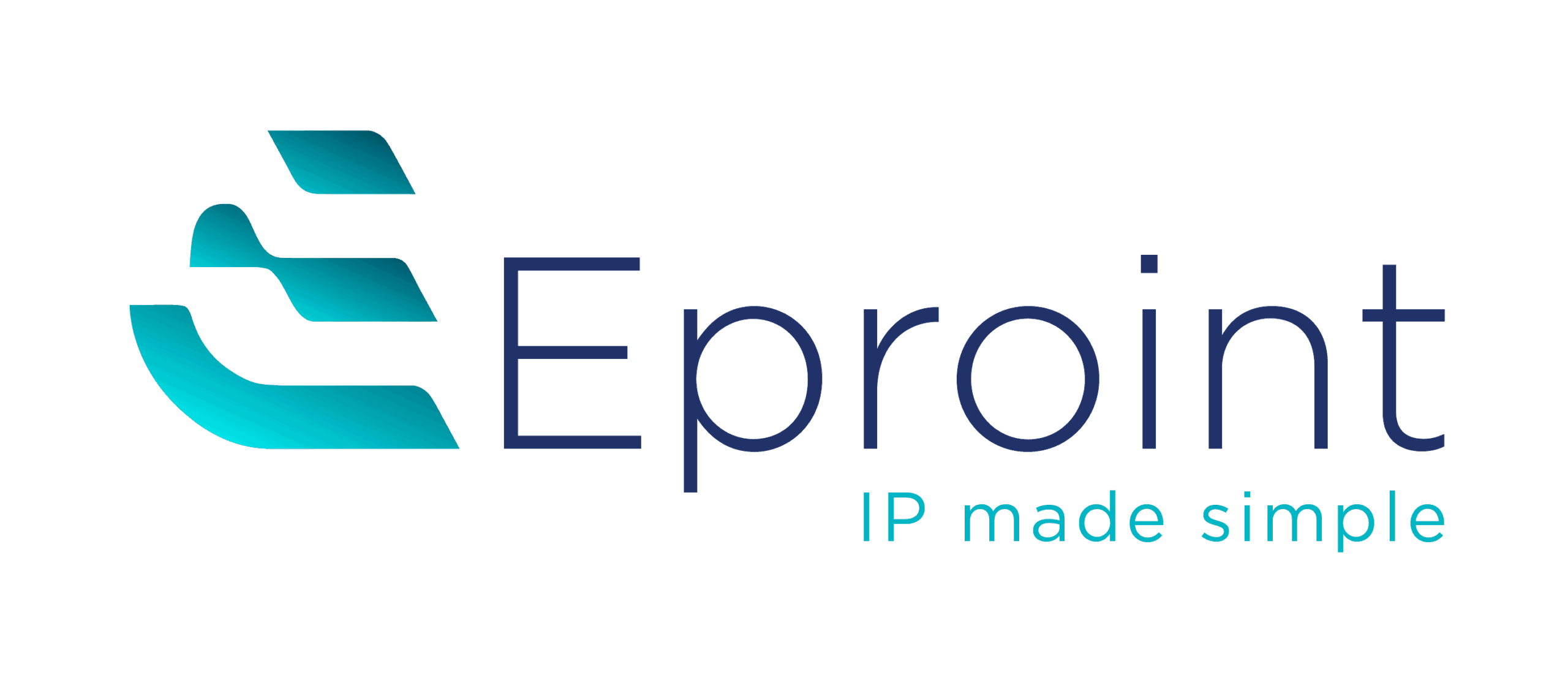Understanding Industrial Property: Innovation, Identity and Protection in Modern Commerce
Industrial property plays a vital role in protecting the innovative, technical, and aesthetic elements of products and services that form the foundation of modern commerce. As part of the broader framework of intellectual property rights, industrial property focuses on safeguarding the results of human creativity and ingenuity related to industrial, commercial, and technological activities.
At its core, industrial property refers to the technical, ornamental, and aesthetic aspects of an object, usually linked to a practical objective or commercial activity. It encompasses a set of legal protections that enable individuals, inventors, companies, and institutions to distinguish and protect their products and services from unauthorized use or imitation. These rights are essential for maintaining a competitive edge, encouraging innovation, and preserving the identity of enterprises in increasingly crowded marketplaces.
Purpose and Scope of Industrial Property
The central function of industrial property is to grant priority rights over elements of trade. Whether through inventions or distinctive signs, these rights allow individuals and businesses to benefit from their creations and investments. They also promote fair competition and consumer confidence by ensuring authenticity, origin, and consistent quality in goods and services.
Industrial property rights are typically territorial and time-bound, meaning they are granted for a specific period and within a defined geographic jurisdiction. These rights are enforced through the local Patent and Trademark Office, which evaluates originality, functionality, and novelty in applications for registration and protection.
There are several key categories under the umbrella of industrial property. Each serves a unique function in distinguishing or protecting different aspects of commercial and industrial output:
1. Trademarks
Trademarks are perhaps the most recognized form of industrial property. A trademark is a distinctive sign—such as a name, logo, symbol, sound, or combination thereof—that is used to identify and differentiate the goods or services of one entity from those of others.
For example, a soft drink company may use a specific brand name and stylized logo to distinguish its products from those of competitors. When registered, a trademark grants the holder legal protection over the use of that name or symbol in commerce. It prevents others from using similar marks that could confuse consumers or dilute the brand’s identity.
Trademarks are crucial for building brand reputation, consumer trust, and long-term business value. They also facilitate consumer choice by acting as a guarantee of origin and quality.
2. Trade Names
While similar to trademarks, a trade name specifically refers to the official name under which a company conducts business. It is any word (mixed signs are not allowed to be registered as trade names) that identifies and distinguishes a business enterprise from others in the commercial landscape.
Trade names are often used on business signs, legal documents, and corporate branding materials. They are not necessarily linked to specific products or services but rather to the business as a whole.
Registering a trade name offers protection against unauthorized or misleading use by third parties, especially when such use could cause confusion or damage the company’s reputation.
3. Expressions or Advertising Signs
An expression or advertising sign includes any slogan, phrase, design, engraving, or similar medium that serves an advertising purpose. To be protected, the sign must be original and possess unique characteristics that help attract consumer attention to a particular product, service, or business.
Examples include catchy taglines, jingles, or artistic designs used in advertising campaigns. These elements often play a vital role in marketing strategies and brand identity.
Legal protection ensures that once such an advertising expression becomes associated with a brand, others cannot copy or imitate it to unfairly benefit from its popularity or distinctiveness.
4. Patents
Patents are a cornerstone of industrial property protection. A patent is a temporary exclusive right granted by governmental authorities to an inventor or assignee, enabling them to prevent others from making, using, or selling the invention without permission.
To qualify for a patent, the invention must be novel, non-obvious, and industrially applicable. This can include a new product, process, machine, or an improvement on existing technology.
Patents offer the right to exclude others from benefiting from the invention for a set period. This system incentivizes research and development by ensuring innovators can recoup their investments and potentially profit from their work.
5. Industrial Designs
An industrial design refers to the visual or aesthetic aspects of a product. This may include shapes, patterns, colors, or combinations thereof that give the product a unique appearance and serve a decorative function. The design may be two-dimensional (e.g., textile patterns) or three-dimensional (e.g., the shape of a car body).
To qualify for protection, the design must be original and non-functional—its uniqueness should be aesthetic, not based on the product’s technical performance.
Industrial designs are especially significant in industries like fashion, automotive, electronics, and consumer goods, where appearance greatly influences consumer preference. Legal protection allows businesses to prevent others from copying or imitating their designs for a specified period.
6. Utility Models
A utility model, sometimes called a “petty patent,” is granted for new technical solutions or improvements to existing tools, devices, or utensils that may not meet the stricter requirements of a full patent.
To qualify, a utility model must involve a new arrangement or structure that leads to better or more specialized functionality. While similar to patents, utility models are typically easier to obtain, have shorter durations, and are ideal for small innovations or incremental improvements.
They are particularly valuable in developing countries and among small enterprises, where inventors may lack the resources for full patent applications but still wish to protect their innovations.
Conclusion
Industrial property rights play a critical role in supporting innovation, protecting investments, and promoting fair competition in global markets. From trademarks that protect brand identity to patents that secure groundbreaking inventions, each form of industrial property serves a specific function in the economic ecosystem.
Understanding and utilizing these rights can provide companies and creators with powerful tools to safeguard their intellectual efforts, distinguish their products, and thrive in a competitive environment. As industries evolve and technologies advance, the importance of robust industrial property protections will only continue to grow.



